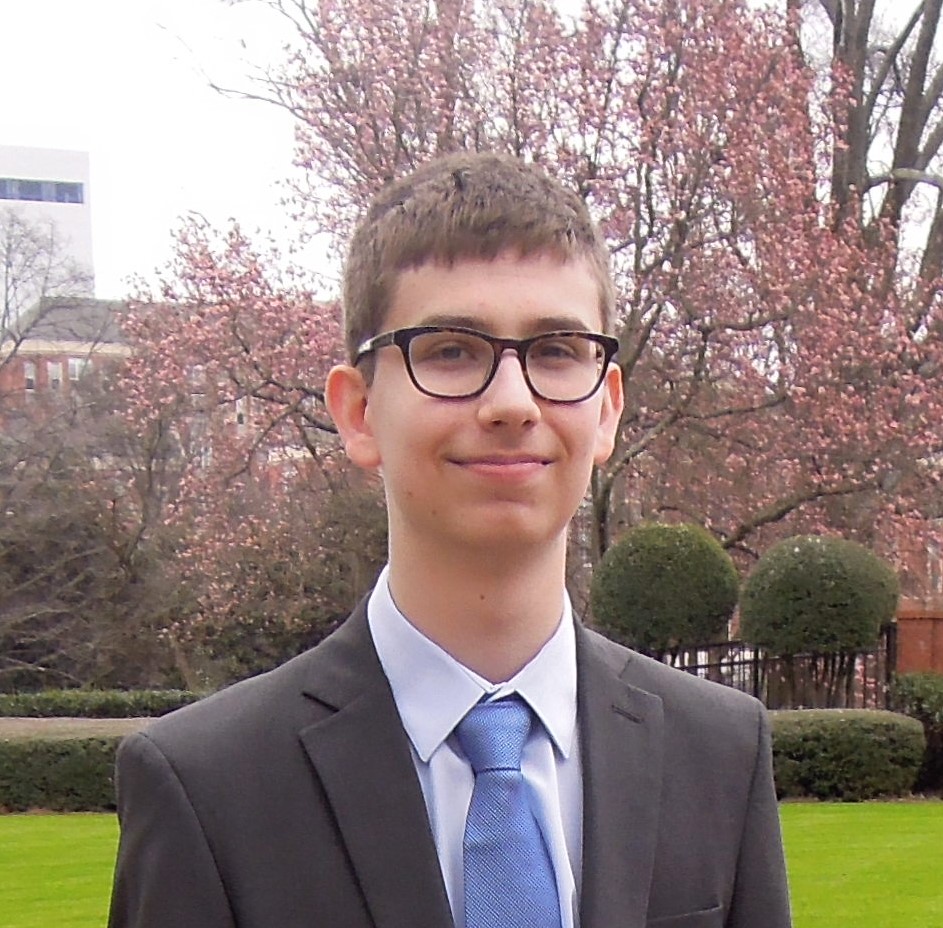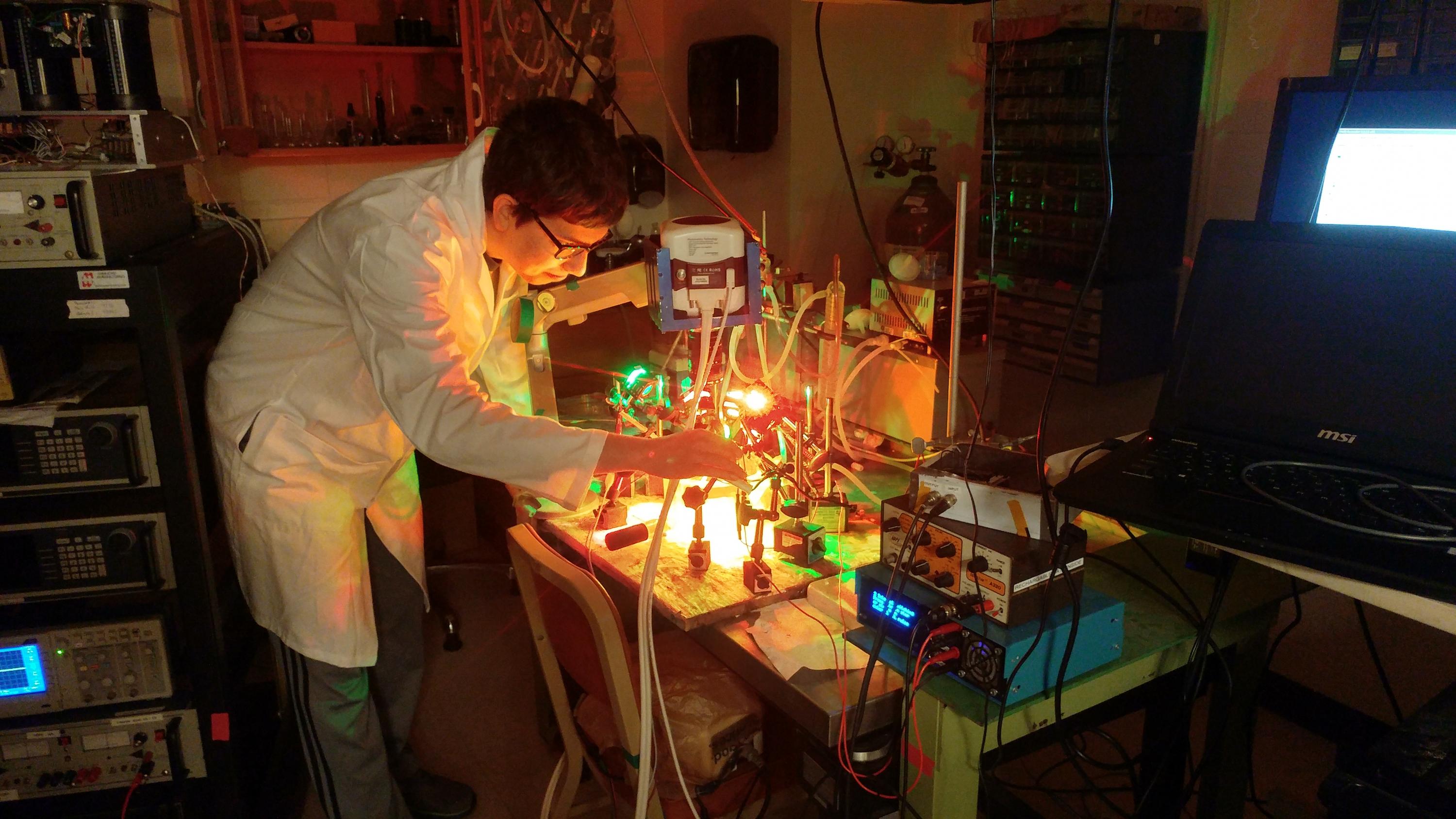The Petit Undergraduate Research Scholars program at Georgia Tech is a competitive scholarship program that serves to develop the next generation of leading bioengineering and bioscience researchers by providing a comprehensive research experience for a full year. The program is open to all Atlanta-area university students and allows undergraduates to conduct independent research in the state-of-the-art laboratories of the Parker H. Petit Institute for Bioengineering and Bioscience and other bio-focused Georgia Tech labs. Scholars develop their own research project over the course of a calendar year and receive training that provides a solid foundation for them to pursue advanced degrees in science or engineering.
Daniel Gurevich, an undergraduate in Georgia Tech’s Stewart School of Industrial & Systems Engineering (ISyE) who is also earning a physics degree and math minor, is the only student from the School to have been named a Petit Scholar for 2017. He plans to graduate in 2020.
In the following Q&A, Gurevich talks about his general interest in science and his research as a Petit Scholar.
How did you end up at Georgia Tech?
I have always been interested in science and technology, and I grew up in Atlanta, so Georgia Tech was a great fit. I actually started taking classes at Tech in high school as a dual-enrolled student, and I loved the experience so much that I knew I wanted to go to college here.
Why are you a dual major in physics and ISyE?
Both ISyE and physics are based on using quantitative analysis to tackle important real-world problems. They are both about understanding and describing emergent phenomena, just in different contexts. Each field offers unmatched opportunities to improve our understanding through mathematical modeling and excites me in its own way.
How does it feel to have been selected to be a Petit Scholar?
It is truly an honor and also a recognition of the importance of the research I am working on.
Describe the research you are doing that led to your being named a Petit Scholar.
I am studying waves of electrical activity in biological tissues such as heart muscle and the retina of the eye. The ultimate goal of this research is to learn how to treat and prevent disorders such as heart arrhythmias, which affect millions of people worldwide and are the main cause of sudden cardiac death, responsible for 15 percent of global deaths.
What makes you most excited and/or passionate about this research?
What I love about my research is that it offers unique intellectual challenges while providing the opportunity for me to make a real difference in people’s lives.
How do you use your ISyE skills in this research?
The patterns of electrical activity that I study can be extremely complicated and difficult to record experimentally. Fully understanding these patterns requires both thorough analysis of large data sets from various experiments and mathematical modeling of different tissue types. These are just a couple of examples of how I apply ISyE skills in my research.
What do you for fun?
I am a competitive chess player, ranked among the top 100 juniors in the world, and am the first board of the Georgia Tech collegiate chess team. I also play classical piano in my spare time.
What does the future hold for you?
For now, I am looking to finish my dual major and minor in math, and I plan to go to graduate school. My multidisciplinary education in ISyE and physics will give me the skills to solve a variety of important real-world problems. One problem I am particularly interested in is predicting when patients in intensive care units might crash based on their vital signs. A few minutes of advance warning could make the difference between life and death. ICUs gather a treasure trove of raw data for each patient, but currently there are no methods to identify when preventive measures need to be taken.

